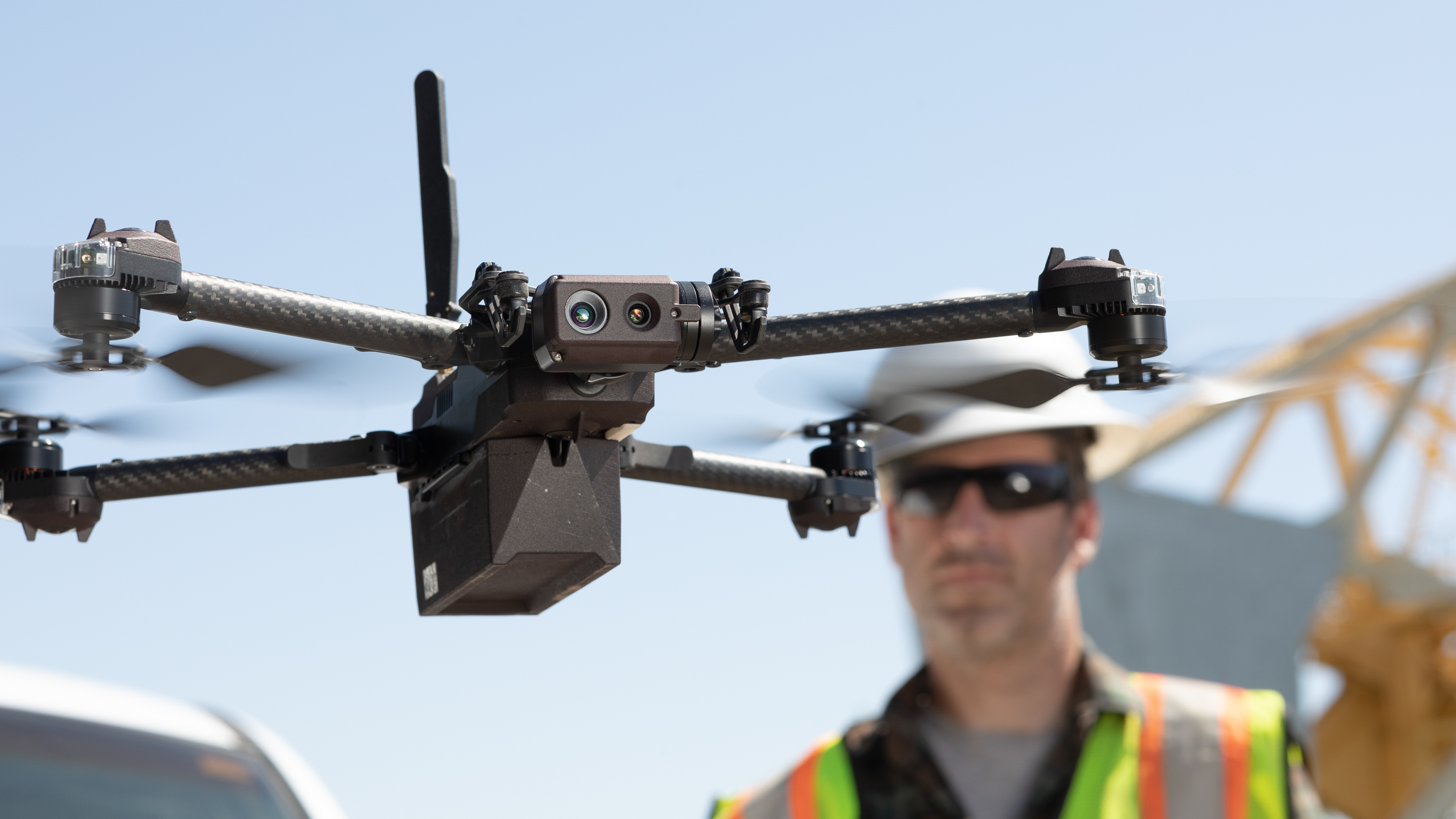The best polarizing filters: top circular polarizers for landscape photographers
The best polarizer filters are a must for reducing reflections, boosting color and contrast, and adding punch to dreary skies
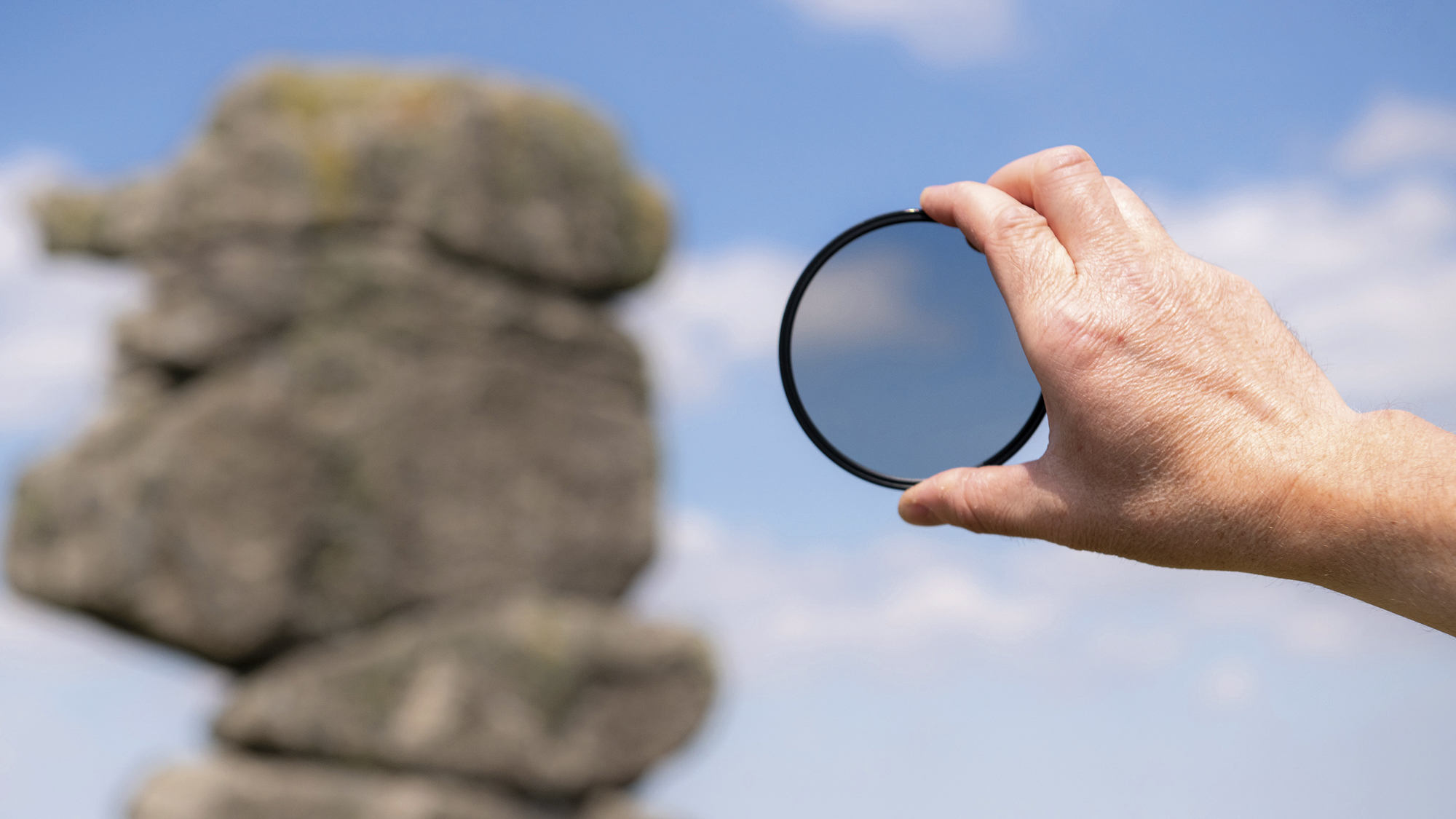
Polarizing filters are a practically essential tool for outdoor photography. Polarizers, as they're commonly known, boost the vibrancy and contrast in your images by reducing unwanted reflections and cutting out haze in the sky. It's an effect that can't be replicated easily with digital tools, which is why a polarizer is such a good buy for pretty much any outdoor photographer.
Essentially, a polarizer cuts out certain light waves, reducing glare and haze from sunlight, thereby resulting in richer colors and better clarity (see examples below). Cutting out reflected light also enables you to capture the character and color of water with much more depth, which is hugely useful for photographing rivers, lakes and seas.
Even if you're using some of the best photo editing software, this is a difficult effect to achieve digitally. Much like the best neutral density filters, polarizers have stayed enduring popular in the digital age because they do something unique that happens at the moment of capture. In this guide, I've picked out the polarizers that have truly impressed our testing team – read on to see my picks.

Ben is the Imaging Labs manager, responsible for all the testing on Digital Camera World and across the entire photography portfolio at Future. Our go-to guy for technical insight, Ben is an expert at assessing the quality of photographic filters.
The quick list
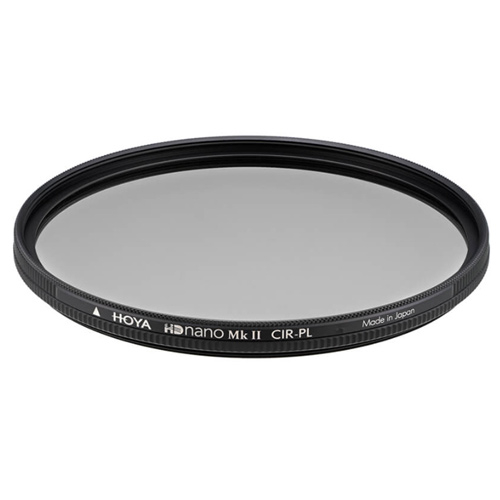
This HD Nano Mk II filter is a simply superb circular polarizer. Build quality is epic, the glass is toughened and the nano structure coatings are hard as nails.
Read more below
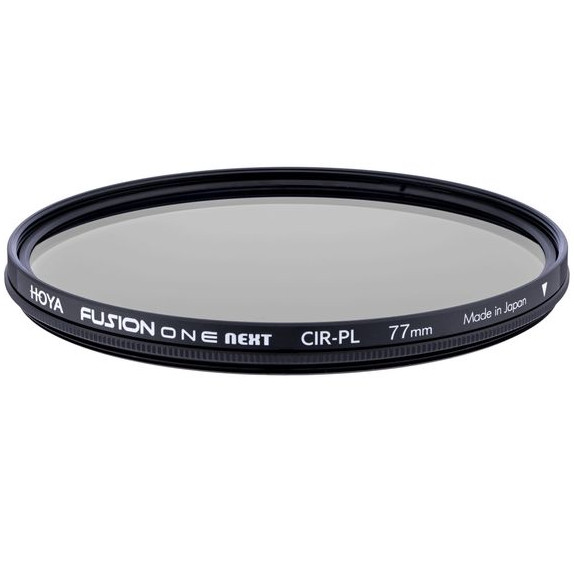
A top-quality performer that impressed me for its overall value for money – and is available in an impressive range of ring sizes.
Read more below
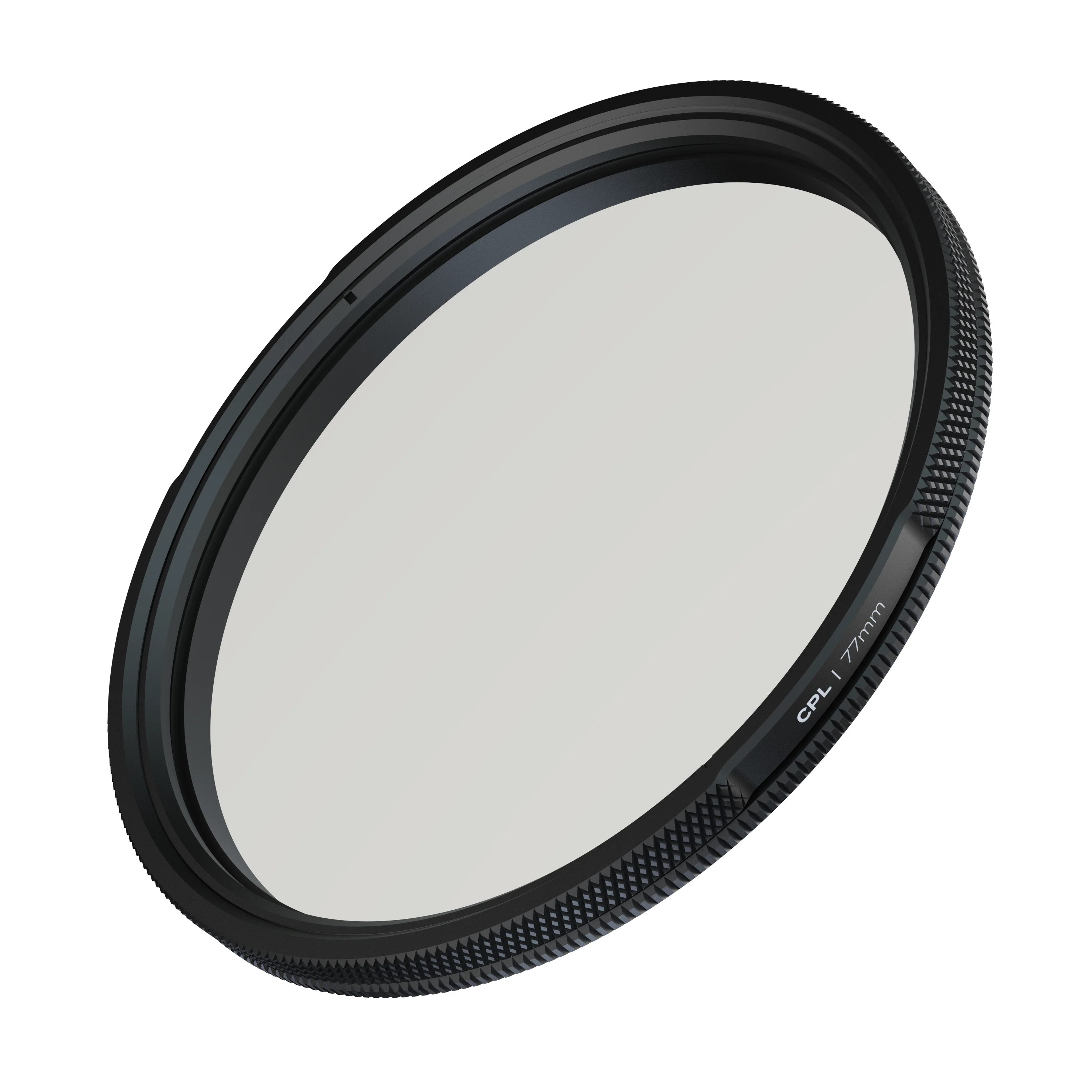
LEE Filters were once only available as part of a holder system. Now LEE has produced this superb screw-in polarizer, which has been well worth the wait – and money.
Read more below
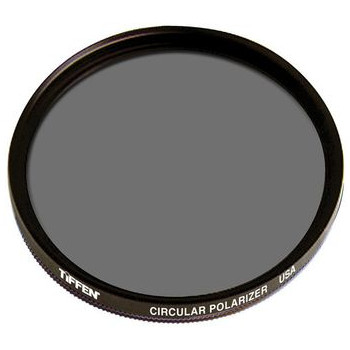
Cheaper than many others, and available in a range of sizes, Tiffen's Circular Polarizer Filter offers good transmission and sharpness, with just a slight cool cast.
Read more below
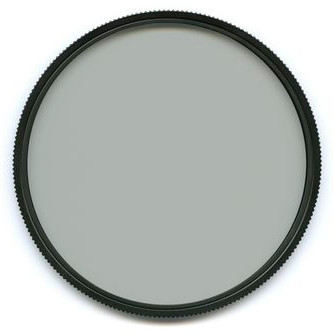
If you're already using the Cokin NX slot-in filter system, picking up this polarizer is a no-brainer. It can be used with super-wide lenses and has an intuitive control system.
Read more below
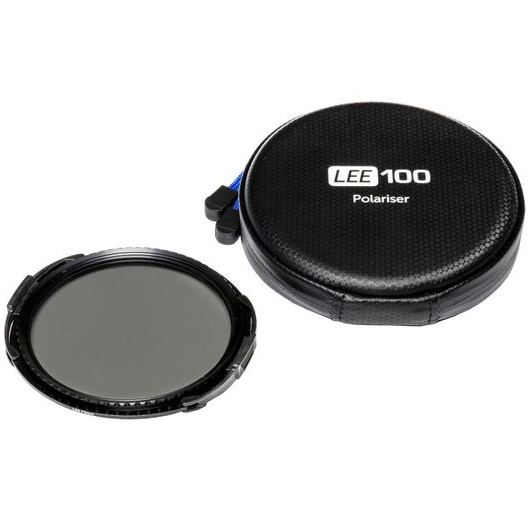
Working as part of the LEE100 filter system, this circular polarizer can be clipped to the front of a square LEE holder via an adapter, allowing for simple stacking.
Read more below
The best polarizing filters
Why you can trust Digital Camera World
Best all-round


Specifications
Reasons to buy
Reasons to avoid
This HD Nano Mk II filter is a simply superb circular polarizer. Build quality is epic, the glass is toughened and the nano structure coatings are hard as nails. In my tests I found that there’s actually less of a darkening effect than usual. Compared with most circular polarizers, this Hoya delivers 25 per cent more light transmission, which equates to about half an f-stop.
It’s not only a bonus when using the optical viewfinder of a DSLR, but also when you need to retain speedy shutter speeds under low lighting. It’s available in a wide range of popular sizes, overall performance is spectacular and it’s well worth the investment.
See our full Hoya HD Nano Mk II CIR-PL review
Best value
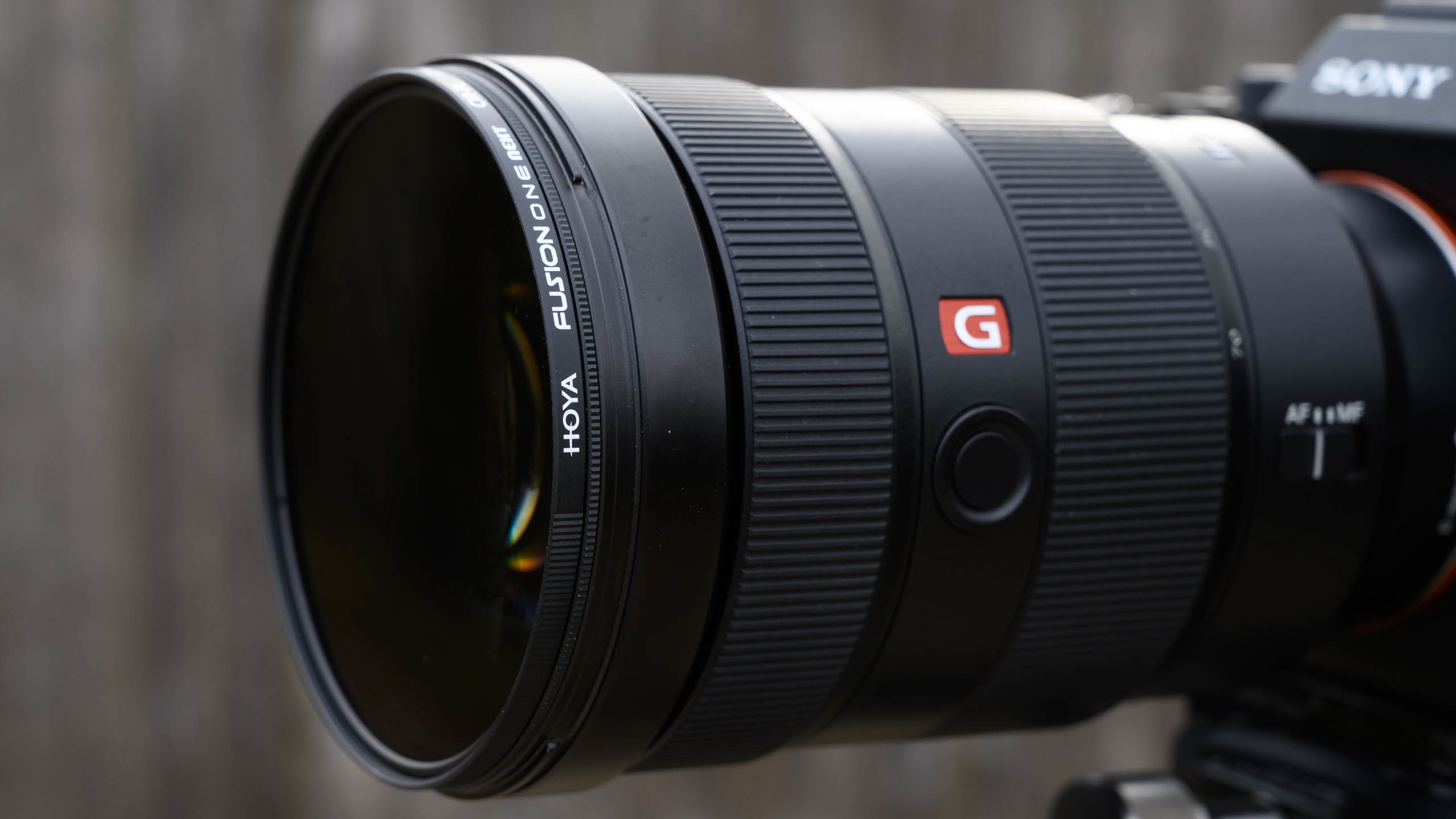
Specifications
Reasons to buy
Reasons to avoid
Designed to update the original Fusion One series, Hoya's Fusion One Next filters are premium, high-quality polarizers for those demanding the best in terms of optical quality. Constructed from 18 coated layers of glass to provide ultra-high light transmission, these filters also have a low-profile filter ring to make them useful even for super-wide shooting. They have a front screw too, so you can stack the polarizer with a UV or protection filter if so desired.
In my tests I noted that the Fusion One Next Cir-PL cuts out up to around 1.3EV of light so the camera settings need to be adjusted accordingly. I also like that this filter is available in a wide variety of thread sizes – with 13 options currently available.
See our full Hoya Fusion One Next Cir-PL review
Best money can buy
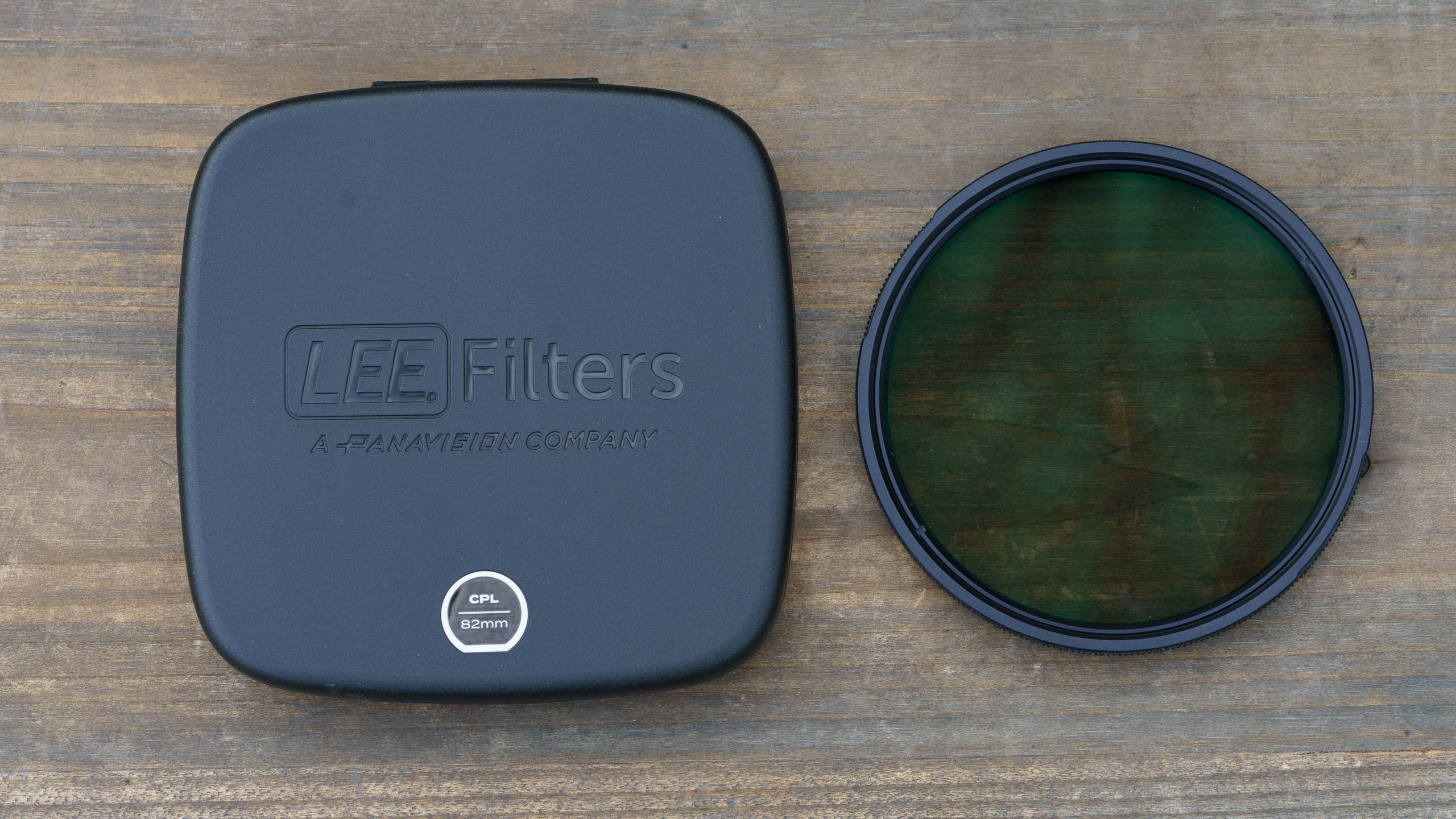
Specifications
Reasons to buy
Reasons to avoid
For a long time, LEE Filters were only available as part of a holder system, requiring an extra attachment to get on and off the front of the lens. However, in 2021, the company finally relented and came out with the Elements series – circular filters designed to be quickly attached and detached from a lens without the need for a holder.
Made from premium glass, the Elements Polariser also has a useful adjustment ring to allow you to fine-tine the polarizing effect. It won't fit all lenses as its minimum thread size is 67mm, but it covers a range that includes a lot of optics. If you don't mind a slightly higher asking price, I would say that the Elements Polarizer is absolutely worth it.
See our full Lee Filters Elements Circular Polarizer review
Best for most users
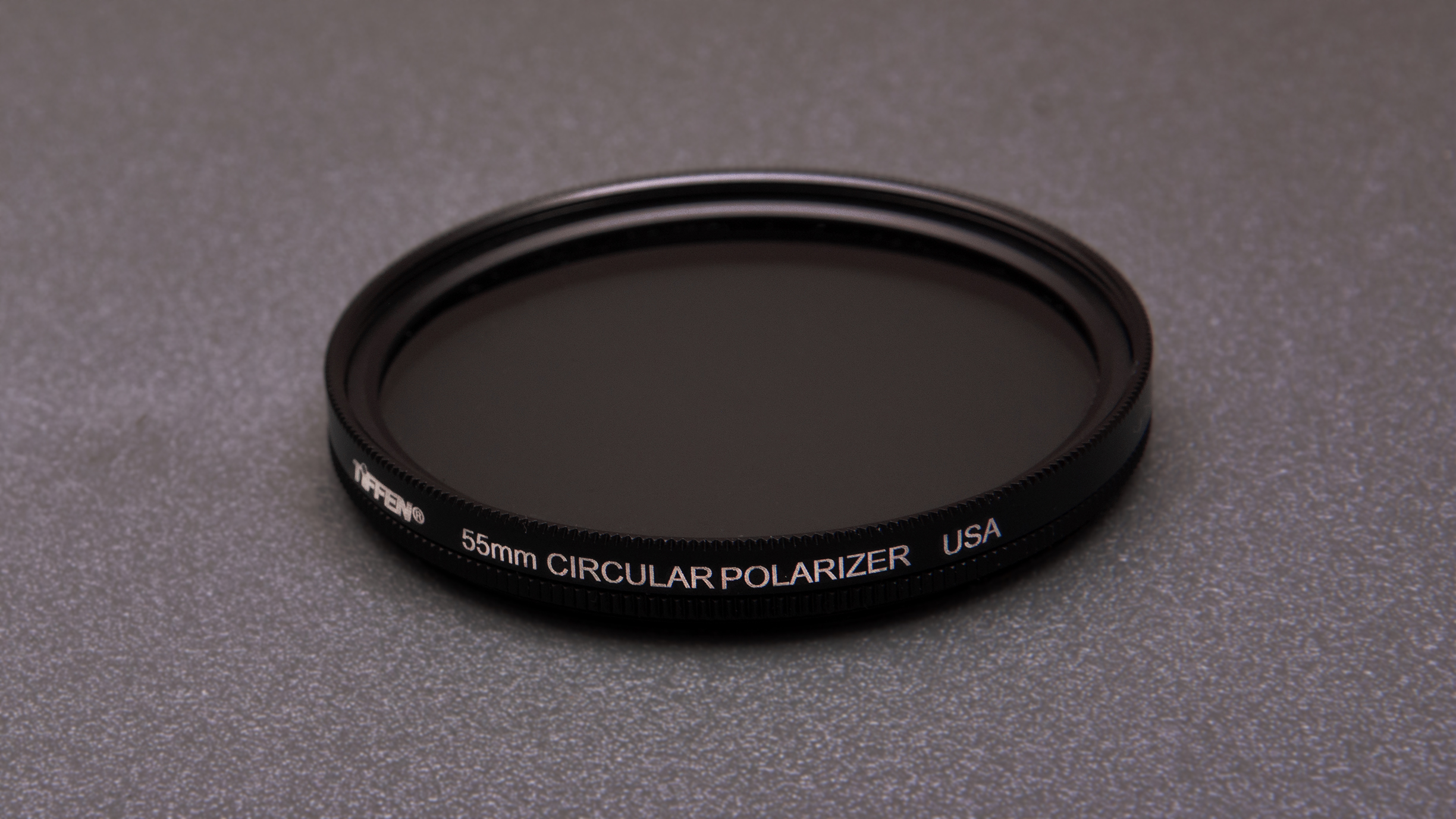
Specifications
Reasons to buy
Reasons to avoid
Tiffen's hugely reliable filters are known among photographers for being a good affordable option, and so it goes for the firm's Circular Polarizer range. These filters are cheaper than most, and come in a good range of sizes from 25mm right up to 92mm.
There's a slight cool cast to them, but it's not too pronounced, and light transmission and sharpness are generally very good. The high-quality ColorCore Glass construction is what gives the filters their excellent overall quality.
They're a little thicker than some of the others on this list, but not enough to really be a problem.
Read our full Tiffen Circular Polarizer review
Best with NX filter holder
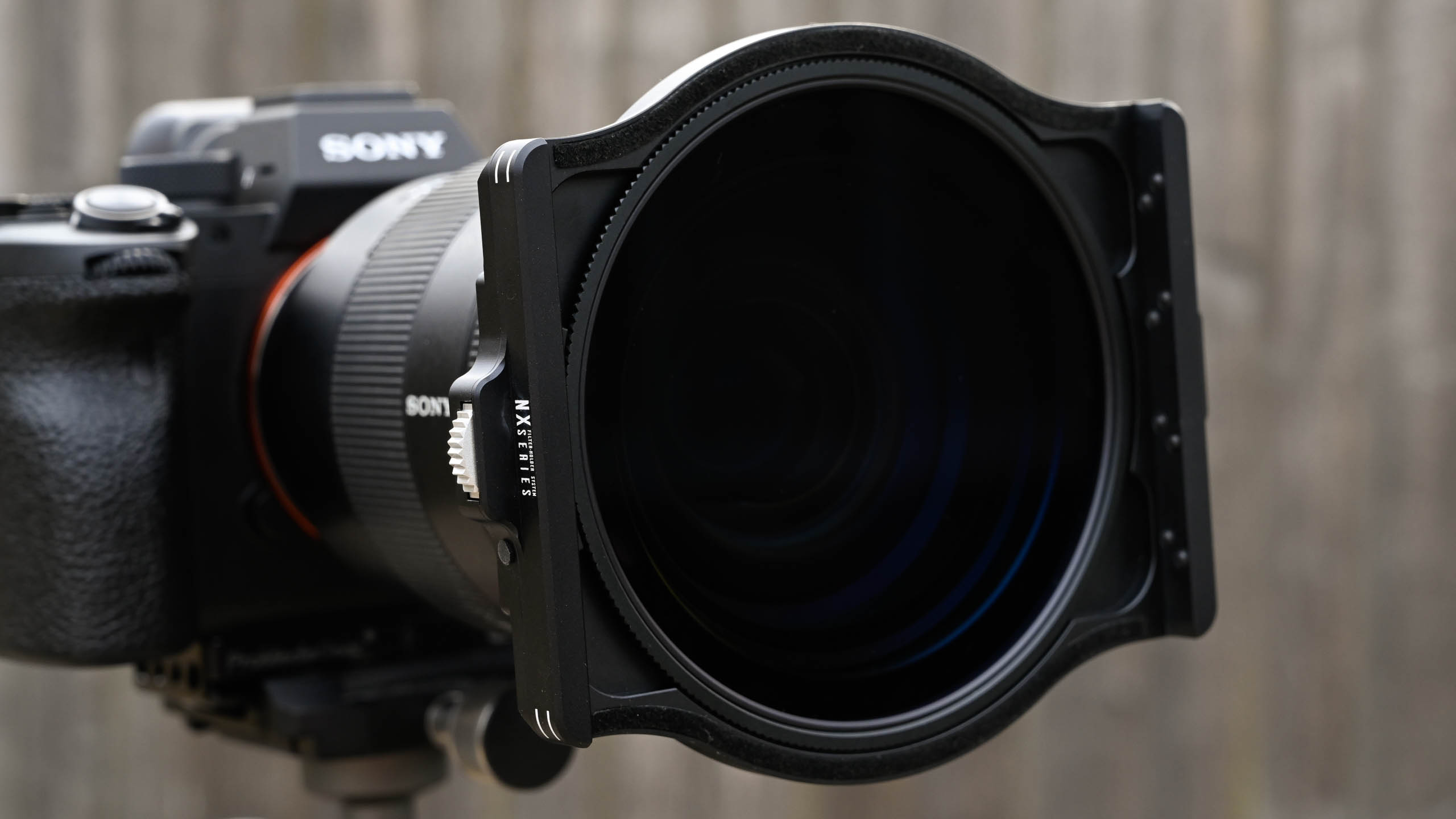
Specifications
Reasons to buy
Reasons to avoid
The NX-Series is Cokin's latest slot-in filter system, taking 100mm wide filters. The NX CPL has been specifically designed to fit into this frame system – so is best suited to those who want a range of different filters to use with their cameras, rather than just a polarizer.
In my tests, I was impressed that the smart, low-profile aluminum holder is compatible with wide lenses (up to an EFL of 16mm). Cokin sells the NX-Series Holder and CPL filter separately, but they are also available together in a number of kits, including the NX-Series Starter kit which includes 72mm, 77mm and 82mm adapter ring plus a 100x100mm frame and a 100x143.5mm frame for holding Cokin Nuance square or rectangular filters (or other filters of the same size and 2mm thickness).
See our full Cokin NX CPL review
Best for versatility
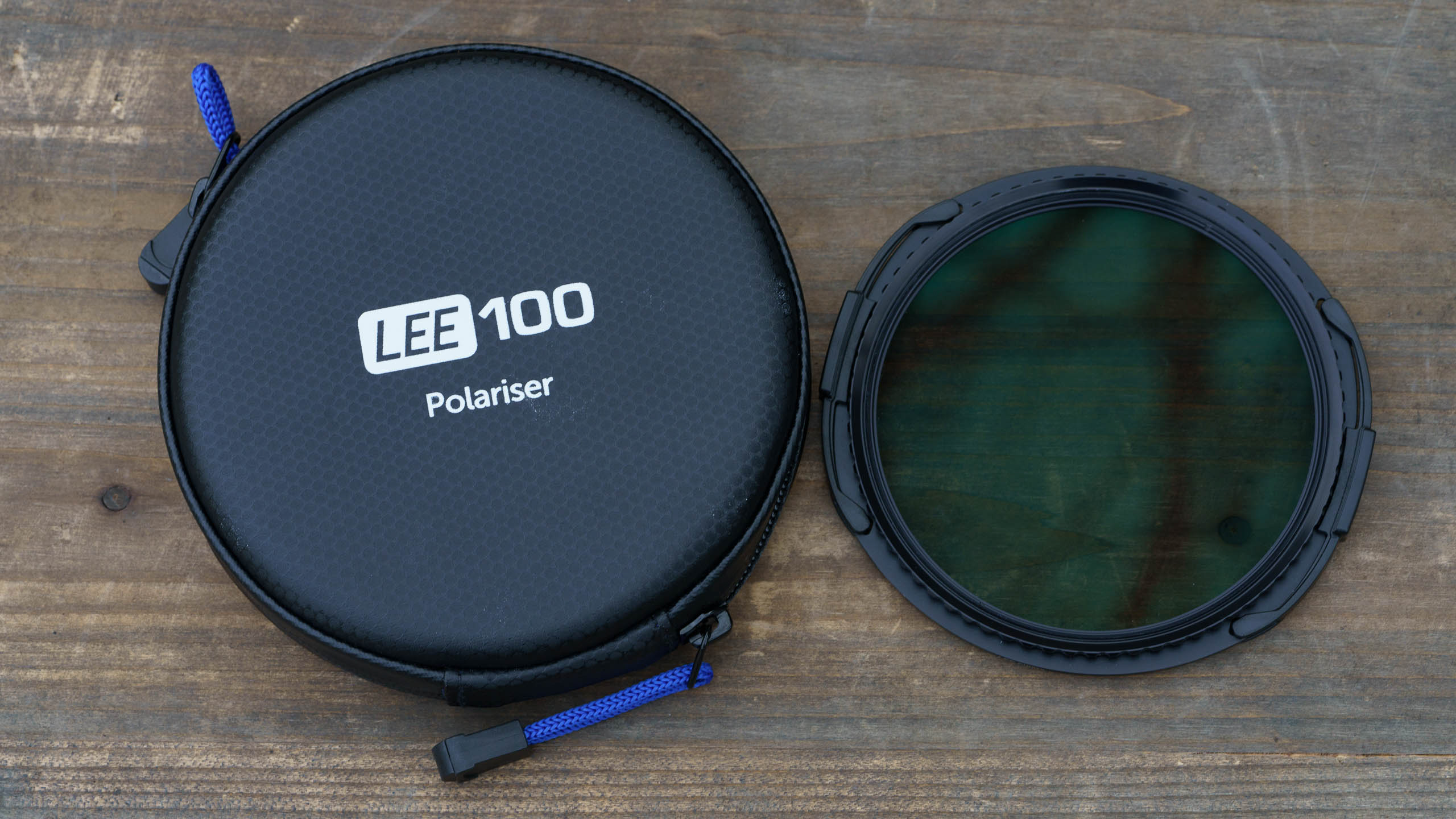
Specifications
Reasons to buy
Reasons to avoid
The LEE100 Polarizer works in conjunction with LEE's 100mm filter system. This is based around the LEE100 holder that attaches to your lens via a suitably sized adapter ring. The polarizer then clips to the front of the holder, leaving space for additional square filters to slide in behind.
This system means the polarizer is large at 105mm in diameter, allowing it to cover numerous lens diameters. It’s also very easy to rotate, and it clips into the holder much more easily than trying to screw a conventional polarizer onto your lens. However, the clip-in mechanism is surprisingly difficult to detach again, requiring more squeeze than is comfortable. Another consideration is the combined cost of the filter, holder and adapter ring, which is significant.
But that said, you get what you pay for. LEE’s glass has no negative impact on image sharpness, it only reduces light transmission by just over 1-stop, and you needn’t worry about any sign of color casts. This is also easily the best filter for resisting fingerprints and repelling water, with droplets beading away perfectly. LEE even includes a high-quality zippered pouch in which to store the filter.
See our full LEE Filters LEE100 Polariser review
How to choose polarizing filters

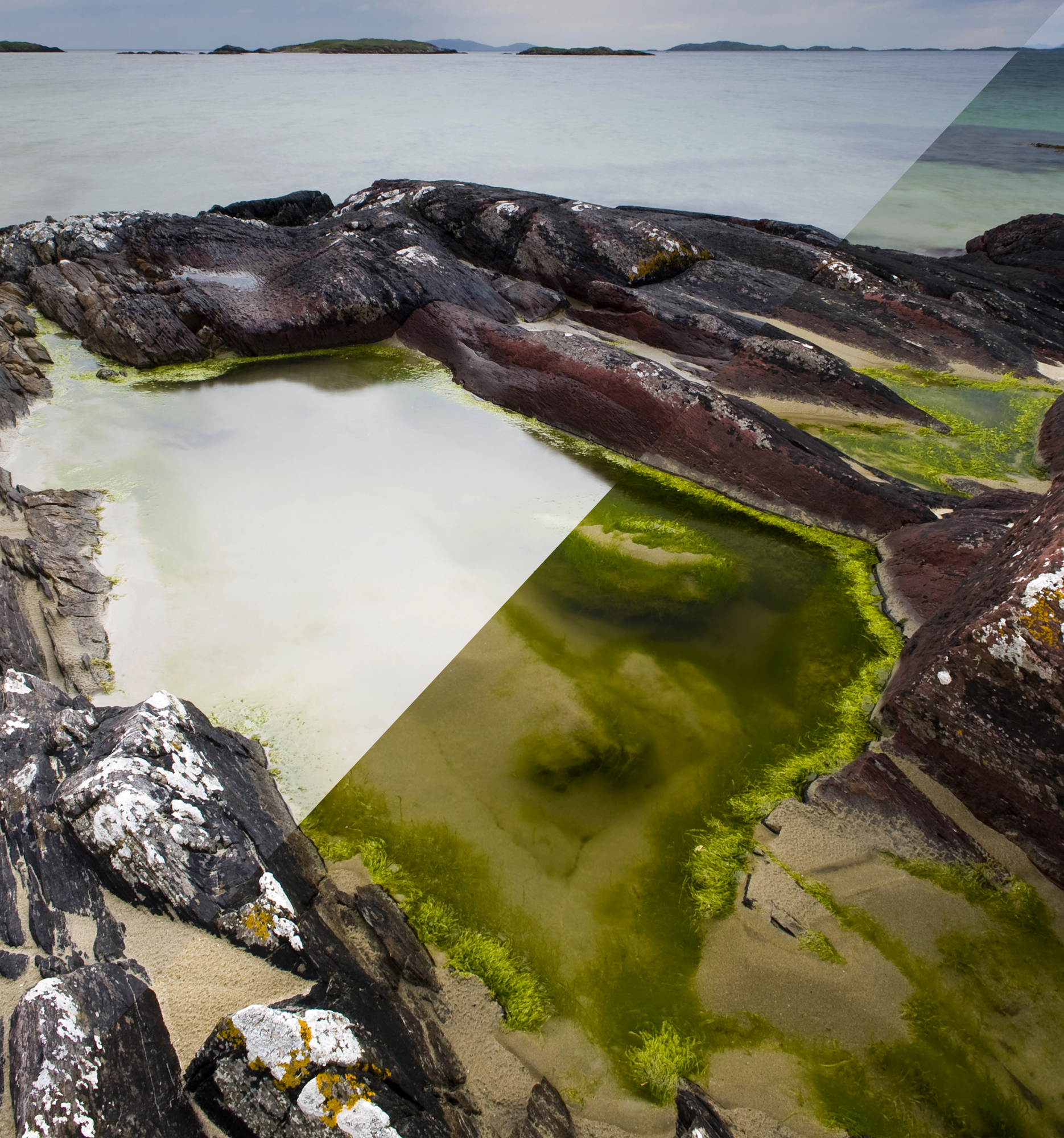
Thin frames
Generally, when working with filters, you'll want to look for a slim mount to ensure maximum versatility. This is because thick mounts can introduce vignetting and be difficult to work around when shooting with a wide-angle lens.
Color control
If you're using a polarizer that's on the cheaper end, you can sometimes see color casts introduced into your images. This isn't ideal, but you can easily fix this issue in post-processing.
A clearer picture
Some manufacturers will use hydrophobic coatings to help repel water, but I'd still recommend being careful when using your polarizer around water.
Lighten up
Remember that polarizers can restrict around two stops of light, so keep an eye on your shutter speed. However, it's worth remembering that premium polarizers will often use higher transmission glass to help counteract this effect.
Maximizing value
One of the most frustrating aspects of owning several lenses is that they'll likely have different filter thread diameters. However, that doesn't mean you have to invest in a polarizer several times over to fit your different pieces of glass! Buy one to fit your lens with the largest filter thread diameter, and then use step-up rings to mount it to the others. Sorted!
How we test polarizing filters

We use a combination of real-world and lab testing to inform our comments in reviews and buying guides. For photographic filters, we’re looking at a number of key things. First, optical quality: does the filter noticeably soften the image? This also means assessing light transmission levels and color neutrality (i.e. if the filter introduces a warm or cool color cast). For polarizers specifically, light transmission is a key metric, as they tend to have a notable darkening effect on images. We also assess a filter’s build quality – how robust the filter feels, how easy it is to use and how securely it attaches to the lens.
FAQs
What are polarizing filters made of?
Polarizing filters are built around a specialized piece of material sandwiched between two pieces of glass. The material in the middle is usually a polyvinyl alcohol (PVA) plastic that has been stretched to force its molecules to align in long parallel chains. Dipping this material in iodine causes iodine molecules to attach to the chains, creating a structure that absorbs light waves at a parallel angle to the chains, while permitting those perpendicular to them.
Why do polarizing filters rotate?
The reason polarizing filters rotate is to allow the user to modify which specific wavelengths of light they are blocking. The parallel-lines structure of the polarizing material means that it only blocks light that enters it at the same angle as the chains. Therefore, if you want to change which wavelengths of light the filter blocks, you simply rotate it so that the chains are at a different angle.
Read more:
• 10 things you need to know about camera filters – and which ones to buy
• Use a polarizing filter to cut through reflections
• How to use polarizing filters for colorful cross-polarization effects
• The best neutral density filters
• The best ND grad filter kits
• Best variable ND filters
• The 50 best camera accessories
Get the Digital Camera World Newsletter
The best camera deals, reviews, product advice, and unmissable photography news, direct to your inbox!
Ben is the Imaging Labs manager, responsible for all the testing on Digital Camera World and across the entire photography portfolio at Future. Whether he's in the lab testing the sharpness of new lenses, the resolution of the latest image sensors, the zoom range of monster bridge cameras or even the latest camera phones, Ben is our go-to guy for technical insight. He's also the team's man-at-arms when it comes to camera bags, filters, memory cards, and all manner of camera accessories – his lab is a bit like the Batcave of photography! With years of experience trialling and testing kit, he's a human encyclopedia of benchmarks when it comes to recommending the best buys.
